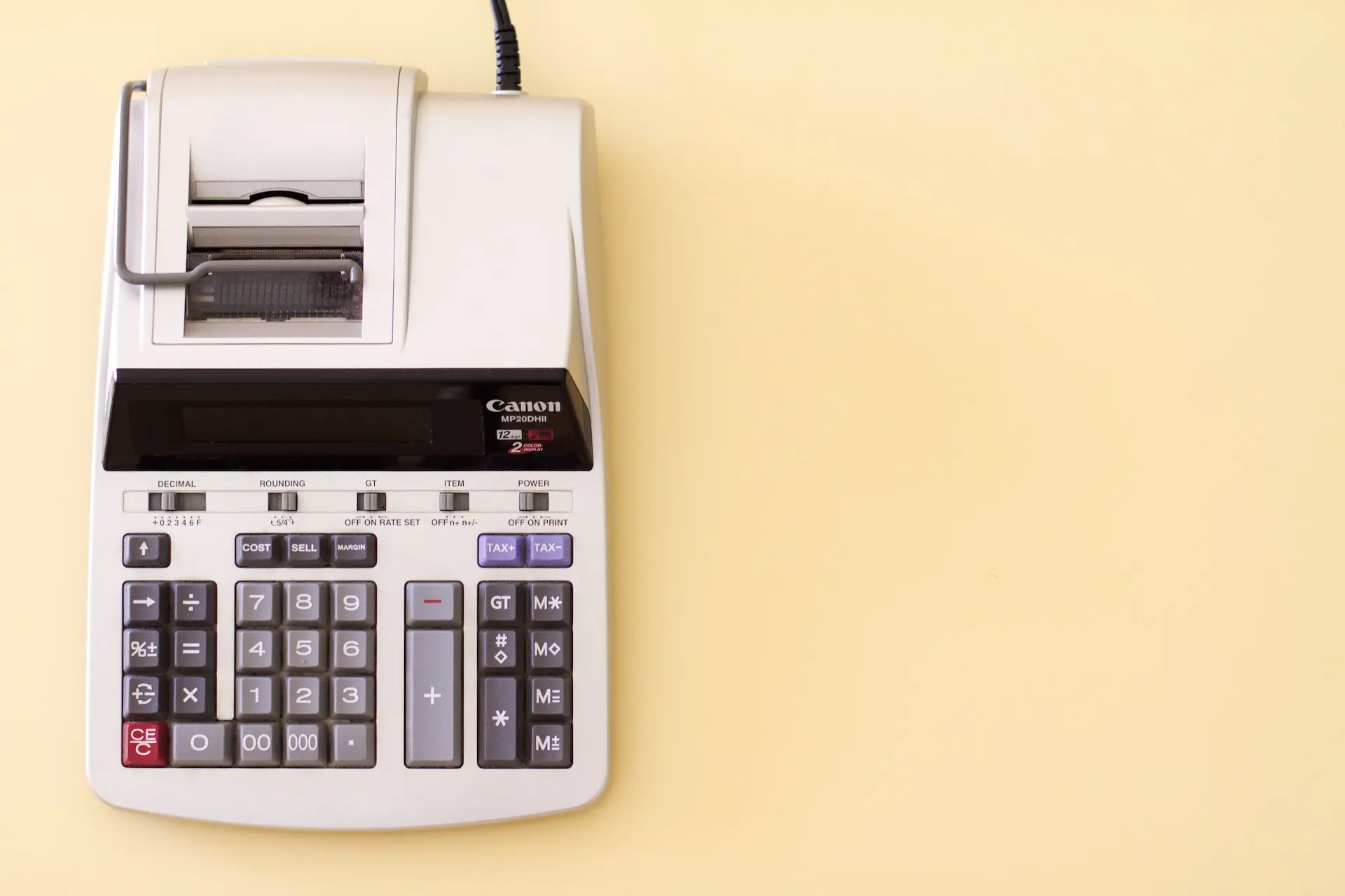US Guide To Home Office Tax Deduction for Remote Employees

Looking to Find Remote Home Office Tax Deductions
Understanding home office tax deductions is crucial for remote employees in the US. It helps them maximize their tax savings while ensuring compliance with IRS regulations. In this article, we’ll explore the eligibility criteria, deduction calculation methods, and the process of claiming home office tax deductions specifically for employees. Additionally, we’ll briefly mention a related article on Tax Implications of Working Remotely From Another Country.
Eligibility Criteria for Home Office Tax Deduction
Exclusive and Regular Use of the Space
To qualify for the home office tax deduction, the space must be used exclusively and regularly for work-related activities. A dedicated room, a portion of a room, or even a separate structure can meet this requirement. However, occasional or incidental use of the space will not qualify for the deduction.
Principal Place of Business
The home office should be the principal place of business as stated by the IRS. While it’s not necessary to conduct all work-related tasks from the home office, it should be the location where you perform most of your administrative or management tasks.
Employer-Provided Office Space Considerations
If your employer offers a designated office space, you may not be eligible for the home office tax deduction. The IRS typically disallows the deduction if your employer provides a suitable workspace, even if you choose to work remotely.
Deduction Calculation Methods

Simplified Method
The simplified method allows you to claim a deduction of $5 per square foot of your home office, up to a maximum of 300 square feet. This method is easy to use, but it may result in a lower deduction than the actual expense method.
Simplified Method Deduction Calculator
Actual Expense Method
With the actual expense method, you can claim a deduction based on the percentage of your home used for business purposes. You’ll need to determine the percentage by dividing the square footage of your home office by the total square footage of your home. Then, you can apply this percentage to eligible expenses, such as rent, utilities, and office supplies.
Examples of Deductible Expenses
Some deductible expenses when using the actual expense method include:
- Rent or mortgage interest
- Property taxes
- Utilities (e.g., electricity, gas, water)
- Repairs and maintenance specific to the office area
- Depreciation of the home office portion of the property
Keep in mind that some expenses, like mortgage interest and property taxes, may be deductible regardless of whether you claim the home office tax deduction.
Actual Expense Method Deduction Calculator
Claiming the Home Office Tax Deduction
Relevant Forms and Documentation
To claim the home office tax deduction, you’ll need to complete Form 8829 and attach it to your Form 1040 or Form 1040-SR.
Tax Implications for Remote Workers in Other Countries
For remote employees working from another country, understanding the tax implications is essential. To learn more about this topic, refer to our article on Tax Implications of Working Remotely From Another Country.
While the focus of this article is on US-based remote employees, it’s important to note that working remotely from another country could have additional tax implications. These may include residency and tax treaty considerations, double taxation, and foreign tax credits. To learn more about international tax issues, visit the IRS website.
Conclusion
Understanding and taking advantage of the home office tax deduction can significantly benefit remote employees in the US. By knowing the eligibility criteria, the different calculation methods, and the process of claiming the deduction, remote employees can maximize their tax savings while complying with IRS regulations.
However, tax laws are complex and subject to change. Therefore, it’s highly recommended to consult a tax professional for personalized advice and guidance on home office tax deductions and other relevant tax matters.
